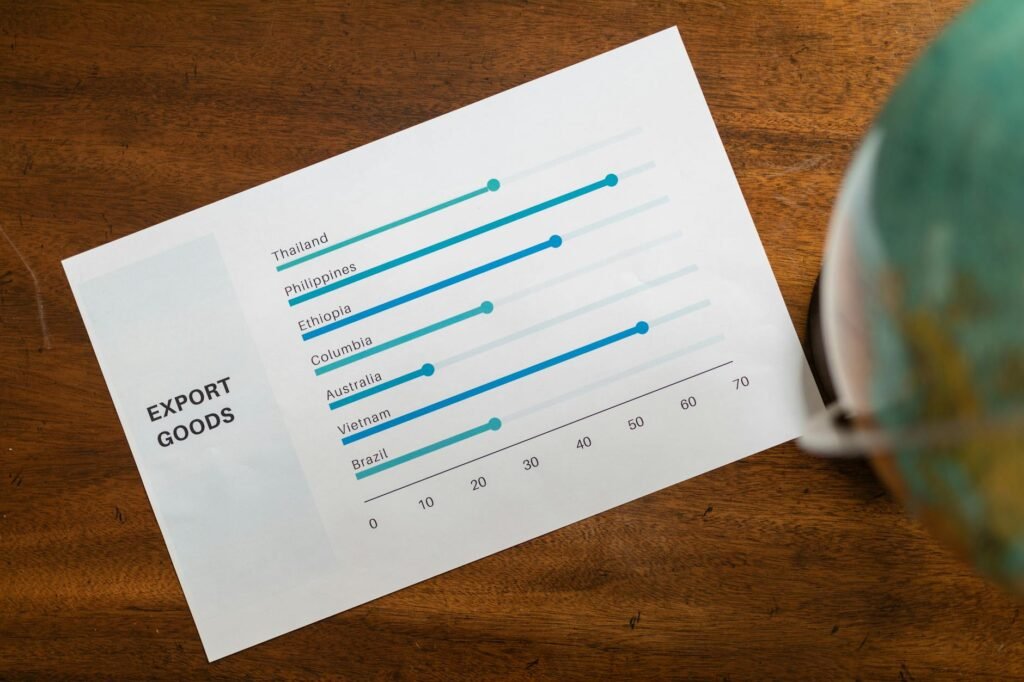The history between Thailand and Cambodia is complex, marked by periods of cooperation and conflict. While not always a full-scale war, border disputes and territorial disagreements have led to significant armed clashes throughout history. Understanding this relationship requires looking at key periods of tension and their underlying causes.
Early Conflicts and Territorial Disputes
Disputes over territory, particularly along the shared border, have been a recurring source of friction for centuries. Control of strategically important regions and resources has fueled these conflicts. Many of these early conflicts lacked clear-cut winners or losers, often resulting in a stalemate or temporary shifts in control. 
The 1970s and the Khmer Rouge
The rise of the Khmer Rouge regime in Cambodia during the 1970s significantly altered the dynamics between the two countries. The Khmer Rouge’s brutal regime led to a mass exodus of refugees into Thailand, straining resources and creating humanitarian crises. This influx, combined with border skirmishes, led to increased tensions. The involvement of external powers further complicated the situation. Learn more about the Khmer Rouge.
The 1980s and the Vietnamese Intervention
Vietnam’s intervention in Cambodia in the late 1970s to overthrow the Khmer Rouge also impacted Thailand. The presence of Vietnamese troops near the Thai border raised concerns in Thailand, leading to military preparedness and heightened tensions. This period saw significant support from external powers, who took sides in the Cambodian conflict. Read more about the impact of the Vietnamese intervention.
The 1990s and Beyond: Peace and Cooperation
The end of the Cambodian civil war in the early 1990s opened up an era of potential peace and cooperation between Thailand and Cambodia. However, territorial disputes, particularly over the ancient temple complex of Preah Vihear, continue to be a source of friction. While diplomatic efforts have been made, occasional border skirmishes still occur, highlighting the ongoing sensitivity of the issue. 
Ongoing Tensions and Modern Challenges
Despite efforts at reconciliation, ongoing disputes over land ownership and resource management remain. Economic development projects near the border have also created new points of contention. The two countries have adopted different approaches to managing their shared resources and development, sometimes leading to misunderstandings and conflict. There are many factors in modern times that contribute to this ongoing tension. Explore further information on modern Thai-Cambodian relations.
Conclusion
The history of conflict between Thailand and Cambodia is long and complex. While periods of cooperation exist, underlying territorial disputes and the impact of regional geopolitical dynamics have frequently led to armed clashes and periods of heightened tension. Addressing these issues requires ongoing diplomatic engagement and a commitment to peaceful conflict resolution. [IMAGE_3_HERE]
Frequently Asked Questions
What are the main causes of conflict between Thailand and Cambodia? Territorial disputes, especially over land and resources near the border, are the primary source of conflict. Other factors, such as refugee flows and external geopolitical influence, have also played a role.
What role did external powers play in the conflicts? Several external powers have been involved in the conflicts, supporting different sides and sometimes exacerbating tensions. Read more about this topic.
What steps are being taken to improve relations? Both countries have engaged in diplomatic efforts and have made attempts to improve relations. The resolution of territorial disputes is key to long-term peace and stability. Find out more about current diplomatic initiatives.
What is the significance of the Preah Vihear temple dispute? The Preah Vihear Temple dispute is a major point of contention due to its historical and religious significance, and control of the surrounding land.
Are there any significant economic implications of the conflicts? Conflicts disrupt trade and economic development in both countries, particularly impacting border regions.